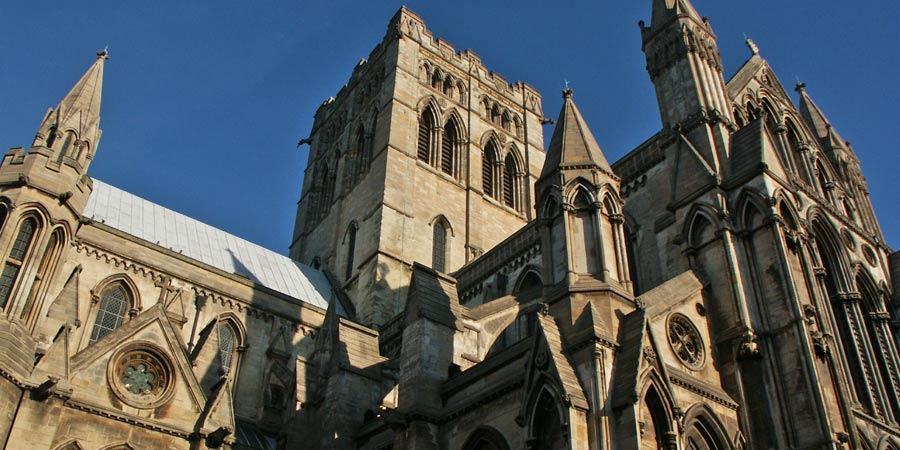Norwich
Norwich first came to prominence in the early 10th century, mainly because it had its own mint. Around this time, the city also became a major centre for trade, as the River Wensum provided easy access to Great Yarmouth, and from there to the rest of Europe. Coins from Norwich's mint have been discovered as far away as Scandinavia and the Rhineland, giving an impression of the extent of the city's trade. As a result, by the 11th century Norwich was England's largest city, after London. This was a position it held until about the time of the Industrial Revolution.
Several reminders of this prosperous time remain in Norwich today, and exploring the rich collection of twisting lanes and narrow passageways on foot is easy. There are a number of architectural gems scattered across the centre; Norwich Castle was constructed in 1067, as William the Conqueror realised the importance of protecting this wealthy city. Open as a museum today, the castle gives a fascinating insight into the history of the region, and has a range of displays on other subjects such as Queen Boudica of the Iceni Tribe.

